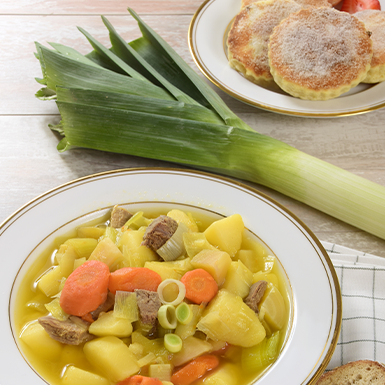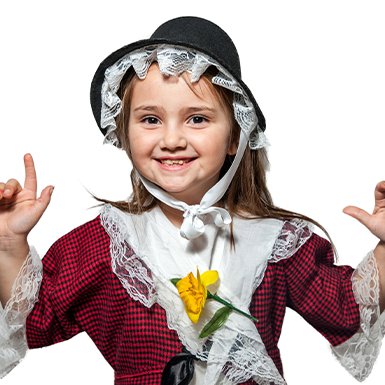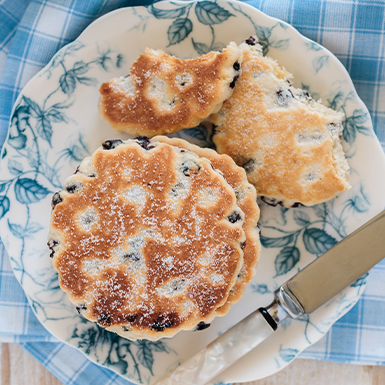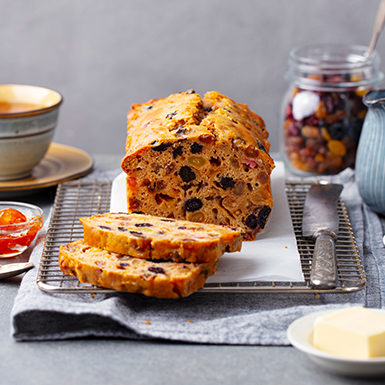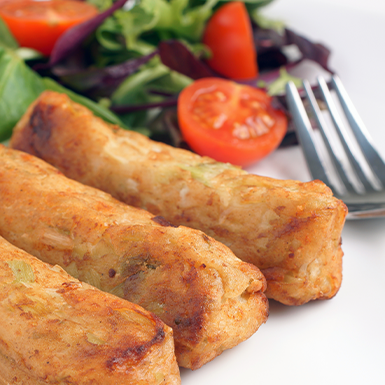Do the Little Things In Life! Celebrating St David's Day
St David, (or Dewi Sant in Welsh), is the patron Saint of Wales and he is celebrated on the 1st of March each year. To recognise the day, Welsh people around the world wear both or one of Wales's national emblems - a daffodil and/or a leek!
In usual economic conditions, a parade is held in the centre of Cardiff and across the country, towns and villages host their own parades, featuring dragons and national Welsh dress. However, with current restrictions in place, there are few ways you can celebrate this patron saint day safely at home.
What do you eat on St David's Day?
Our favourite part! Whilst St David himself was rumoured to be a vegetarian, only eating leeks ploughed from the fields by him and his fellow monks, there are a few traditional St David’s Day favourites you can try at home.
Lloniannau
We’d like to say “lloniannau” and “Dydd Gŵyl Dewi Hapus” to all of our Welsh brothers and sisters, but especially to our local independent Euronics UK experts, we hope you enjoy your celebrations.
1 https://www.visitwales.com/info/history-heritage-and-traditions/have-happy-st-davids-day-celebration
2 https://www.tartanista.co.uk/blog/st-davids-day-2020/
Please note the images within this article are for illustration purposes only and not taken during national restrictions

